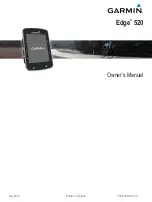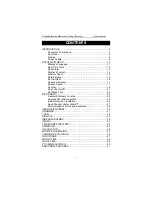
46
P-250
Basic Operation
Song Operation
■
Recording Songs
This chapter explains how to record your playing using the P-250 recording function.
You can, for example, play back what you played on the keyboard. You can also record just one part, then
practice the other part while playing back the recorded the part.
Also, since you can record up to 16 tracks separately, you could record each part separately to build a
song.
Recording vs. Saving:
The format of data recorded on a cassette tape differs from that of data recorded on the P-250.
A cassette tape records audio signals. On the other hand, the P-250 “saves” information regarding note
timing, voices, and a tempo value — but not audio signals. When you play back recorded songs, the P-
250 produces sound based on the saved information.
Therefore, recording on the P-250 may be more accurately called “saving information.” However, this
book often uses the word “recording,” or if re-recording over existing data, “overwriting.”
A message (information or confirmation dialog) sometimes appears on screen to facilitate operation.
Refer to the “Message List” on page 82 for an explanation of each message, the appropriate actions to
take, and troubleshooting information.
TIP
An alternative way to record:
You can record your performance (audio data) to a cassette
tape recorder or other recording device via the [OUTPUT]
connector. (page 17)
TIP
When the P-250 enters recording mode while Performance
mode is on, Performance mode is temporarily turned off.
(page 41) The performance parameter settings remain the
same.
Summary of Contents for P-250
Page 56: ...MEMO 56 P 250 Edit Operation ...
Page 80: ...MEMO 80 P 250 Appendix ...
















































